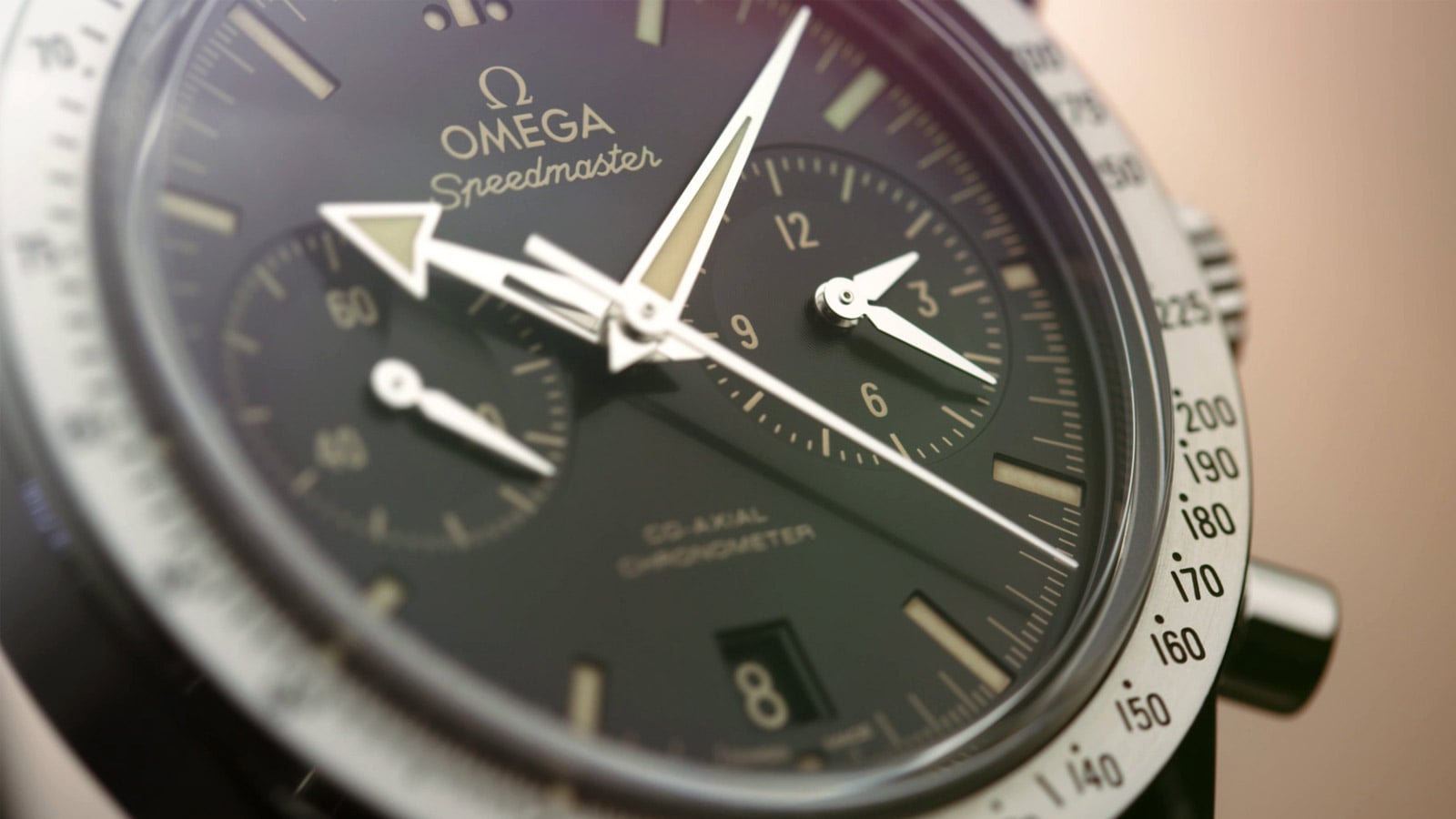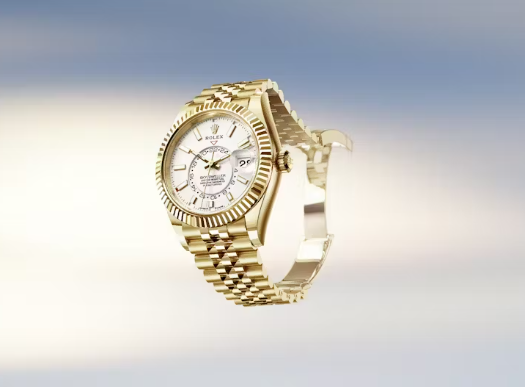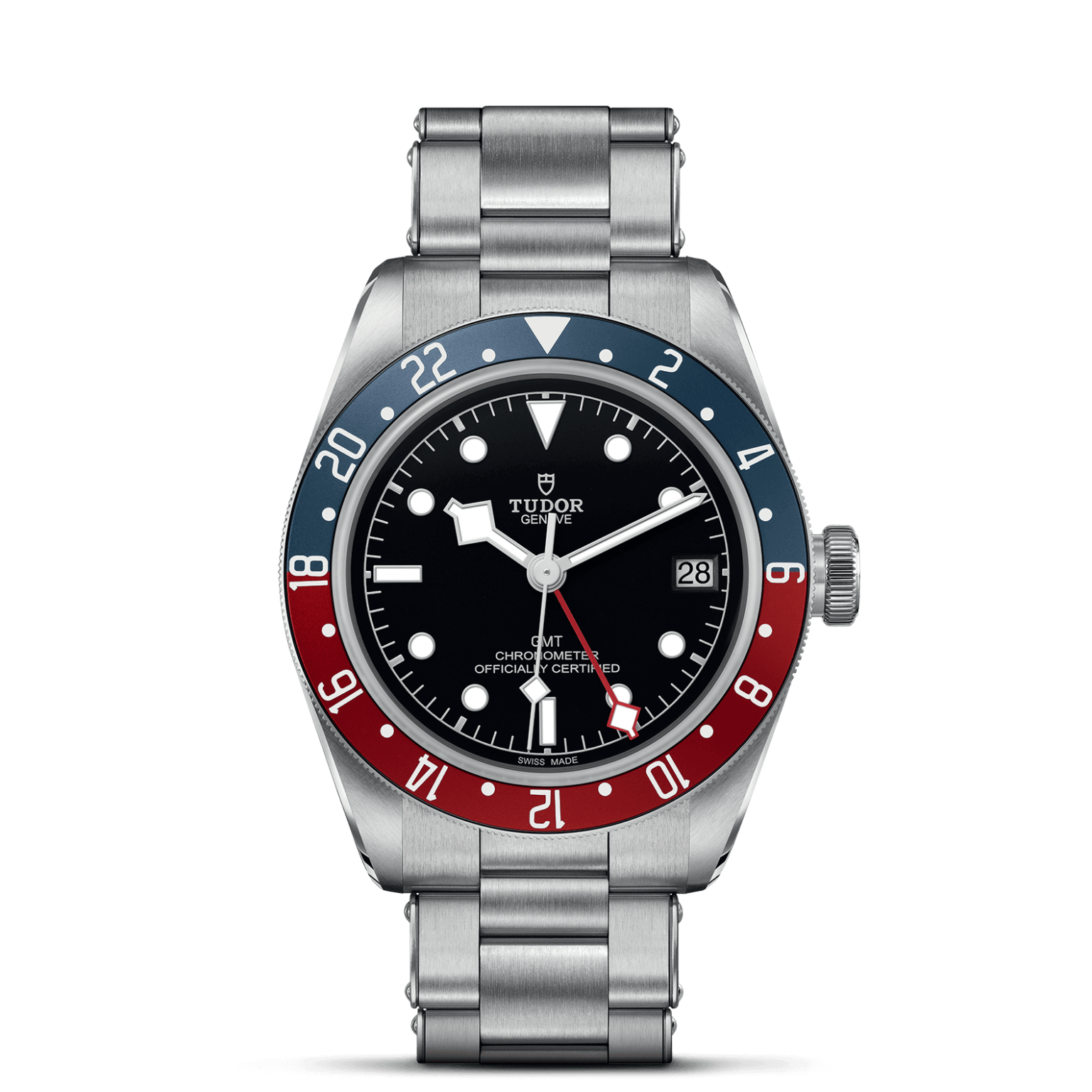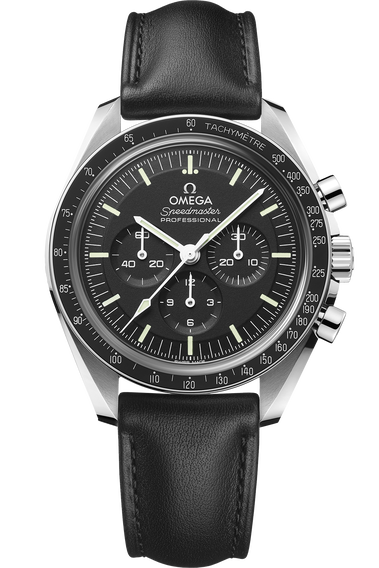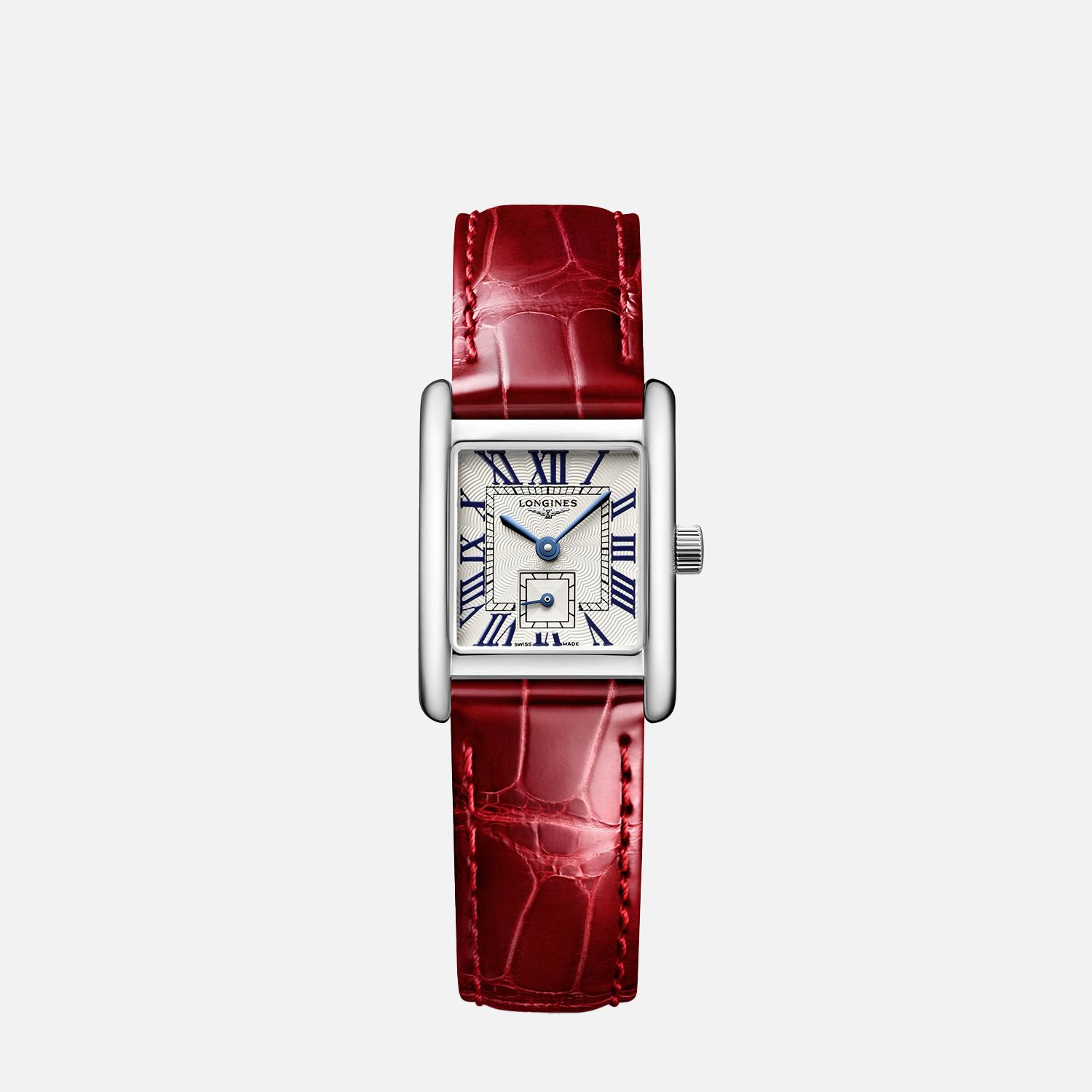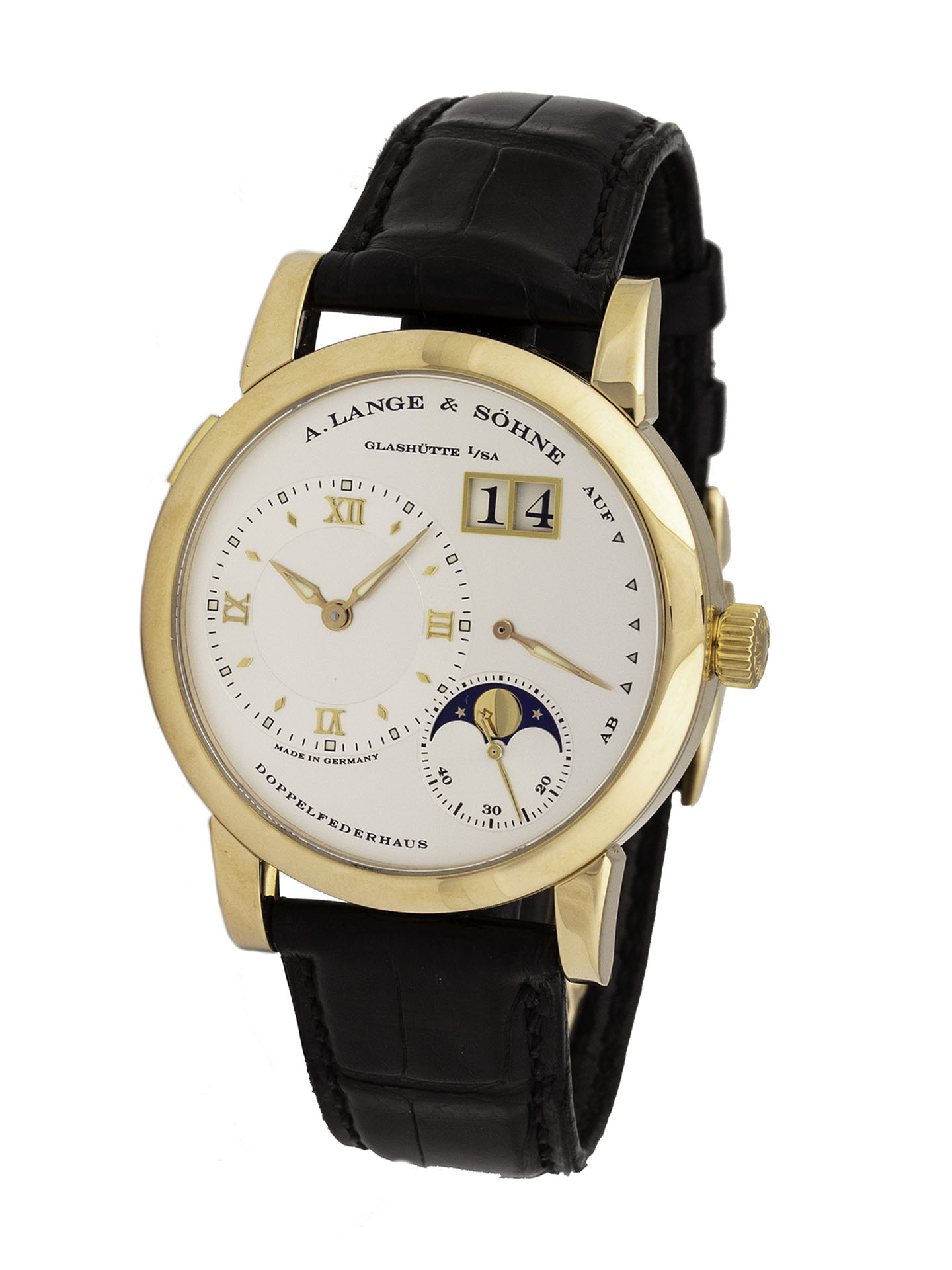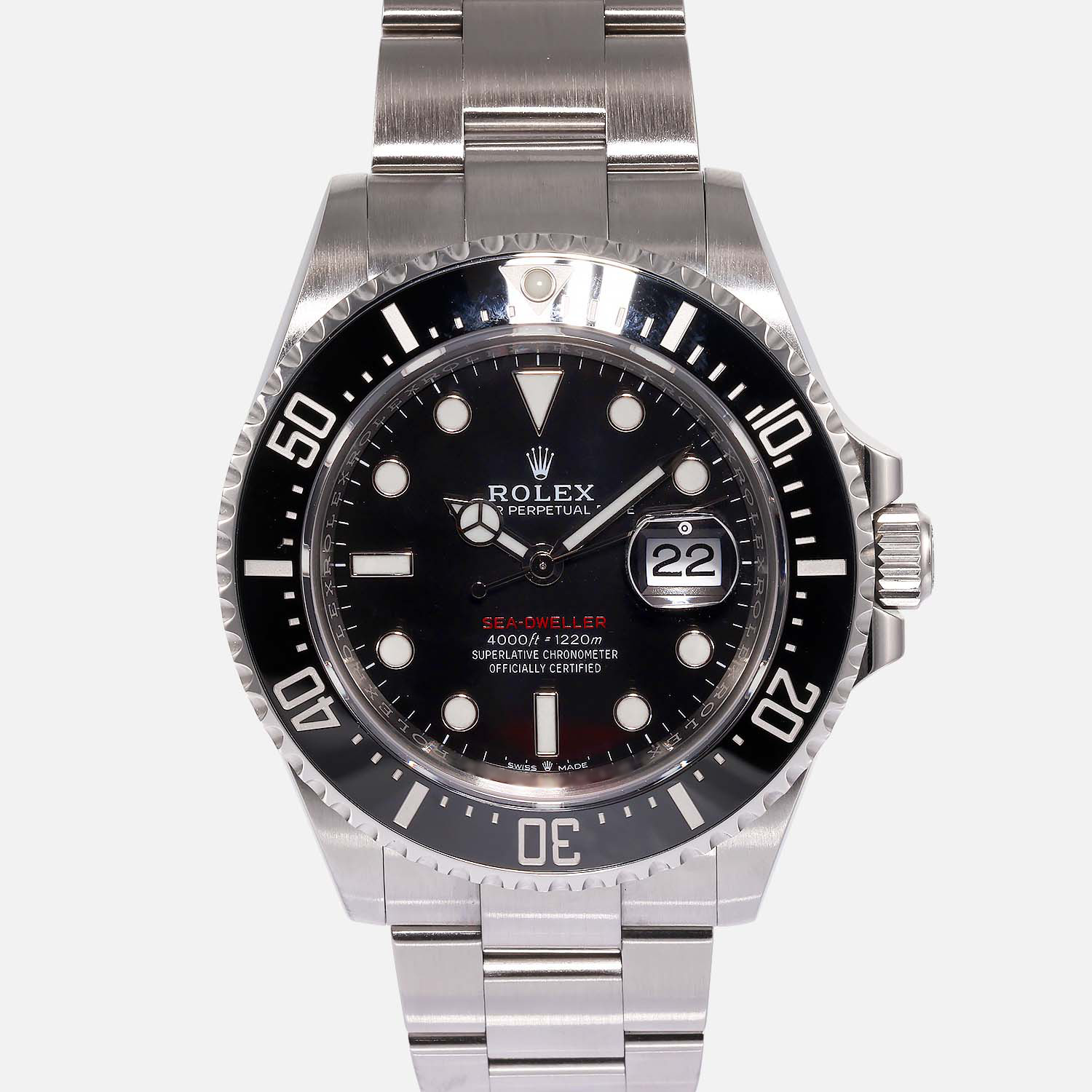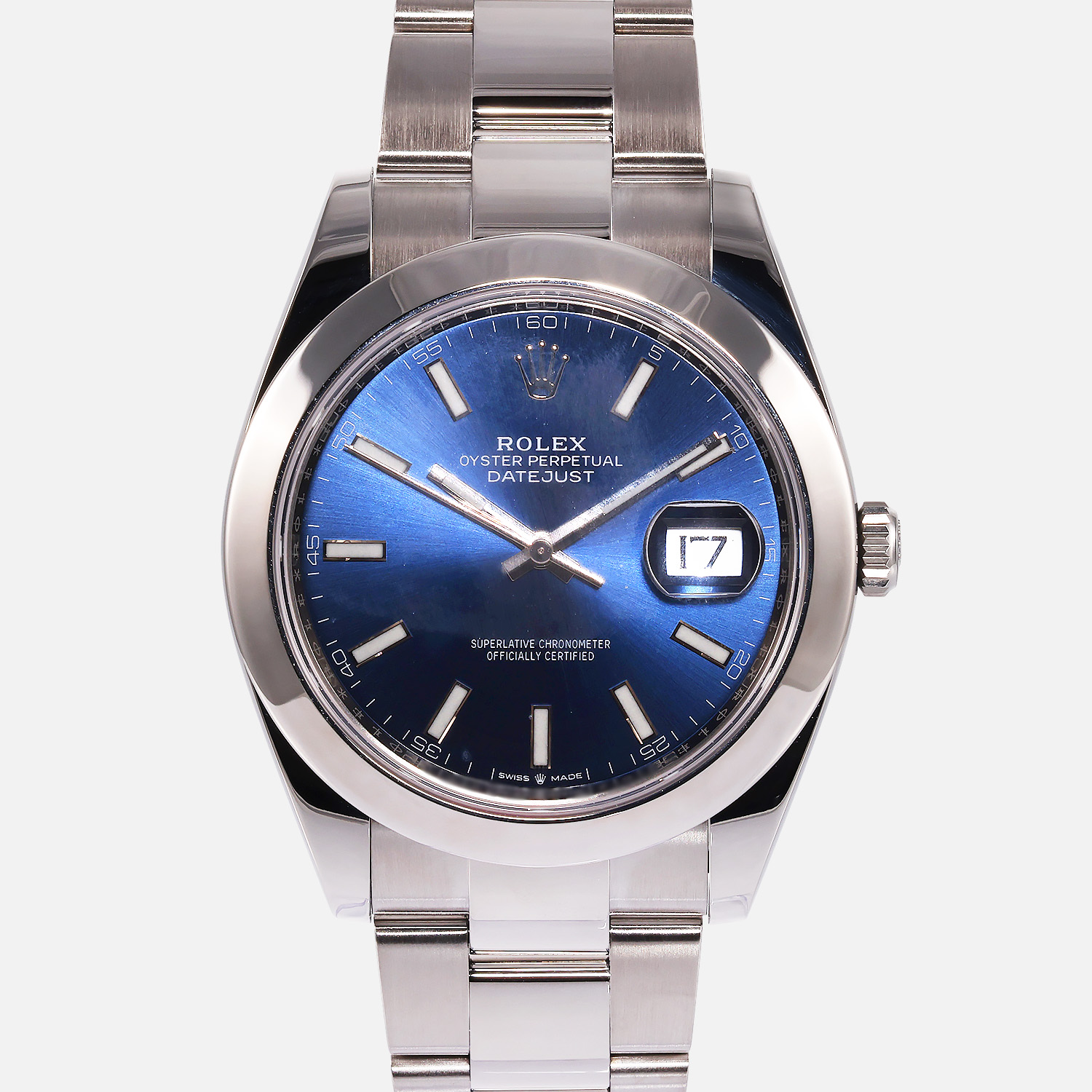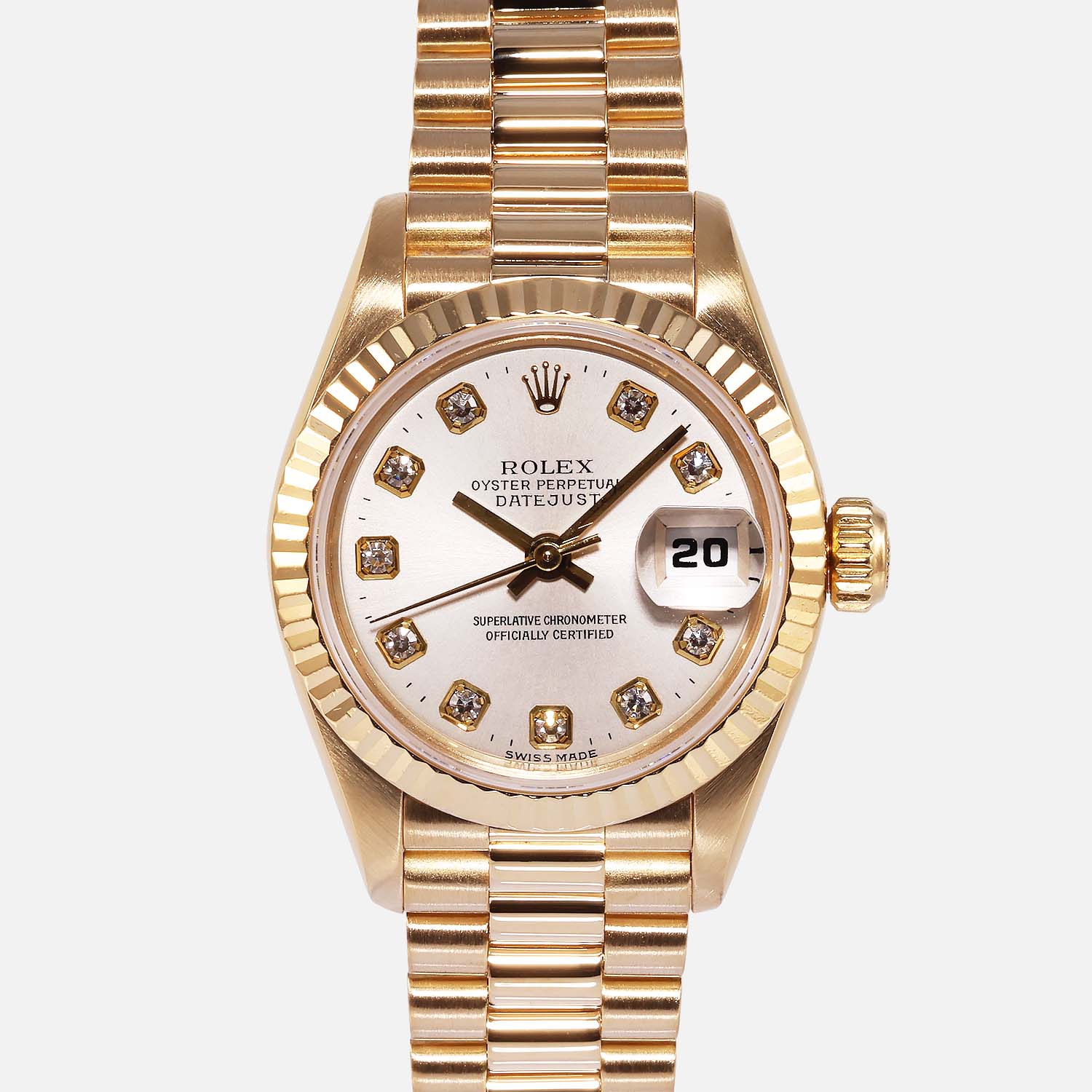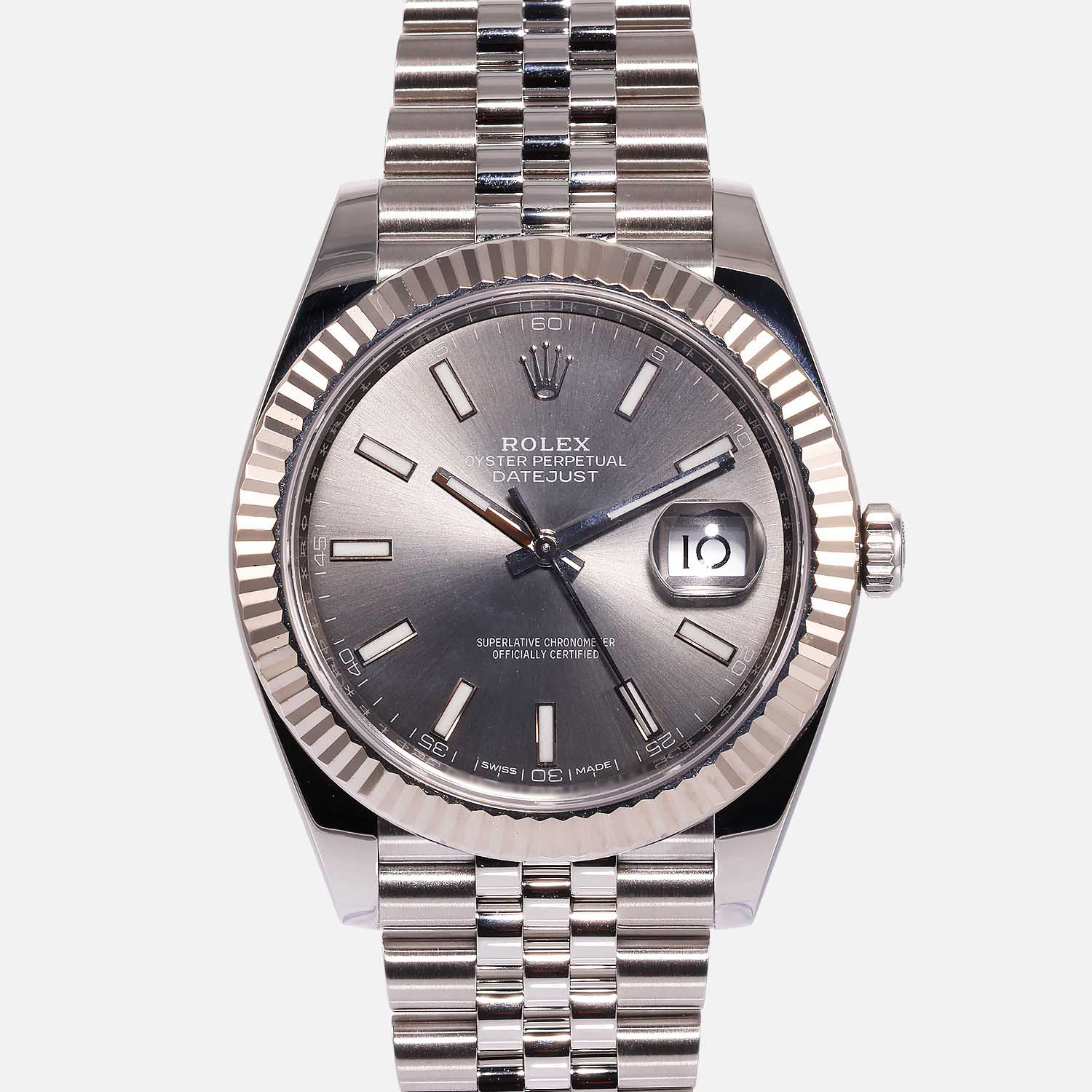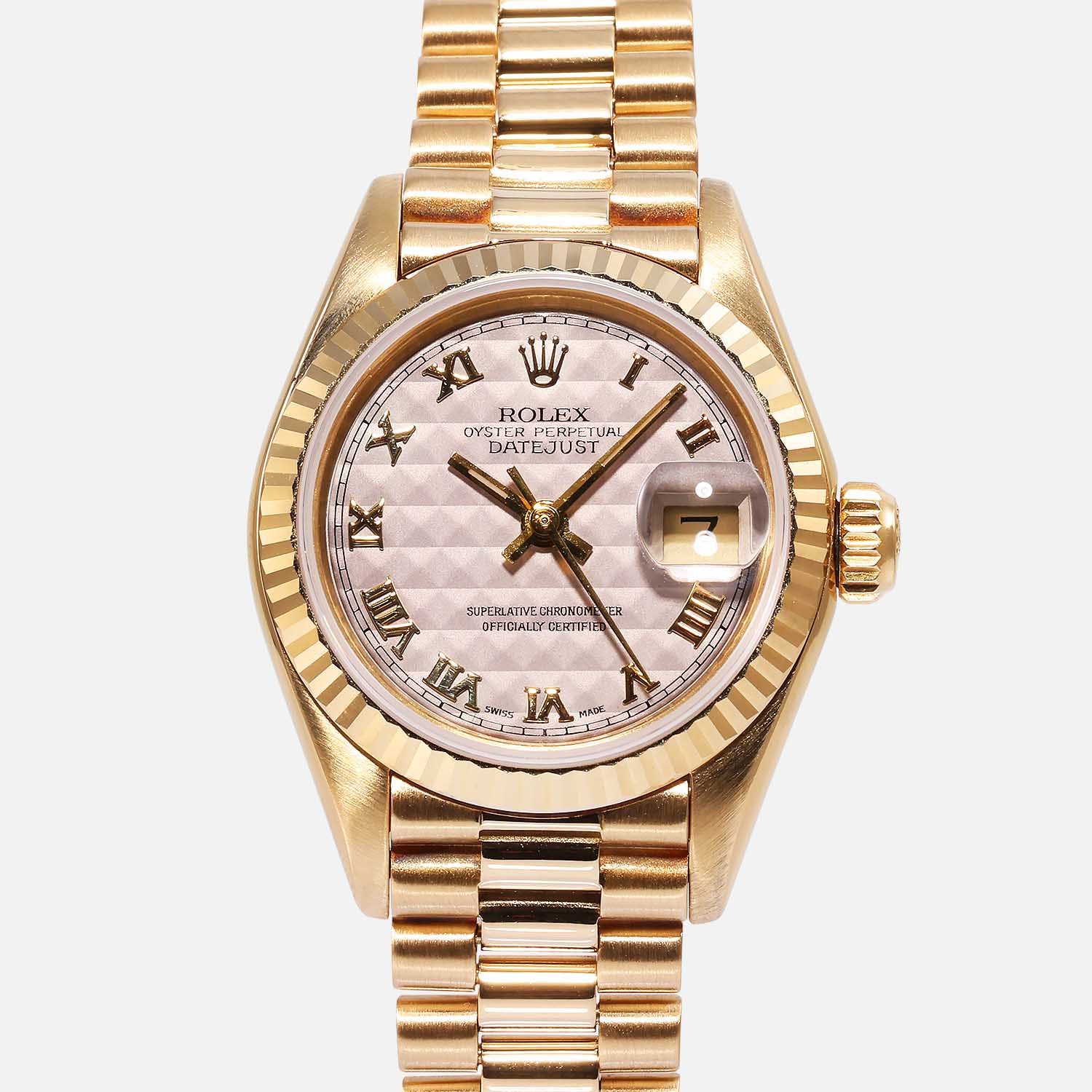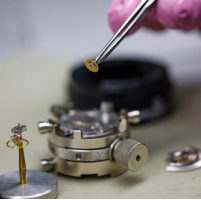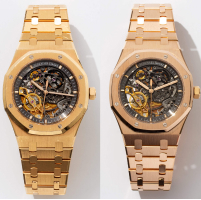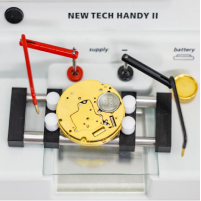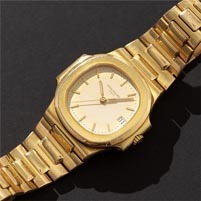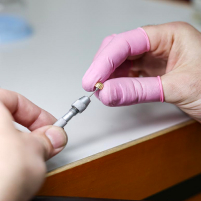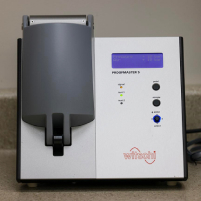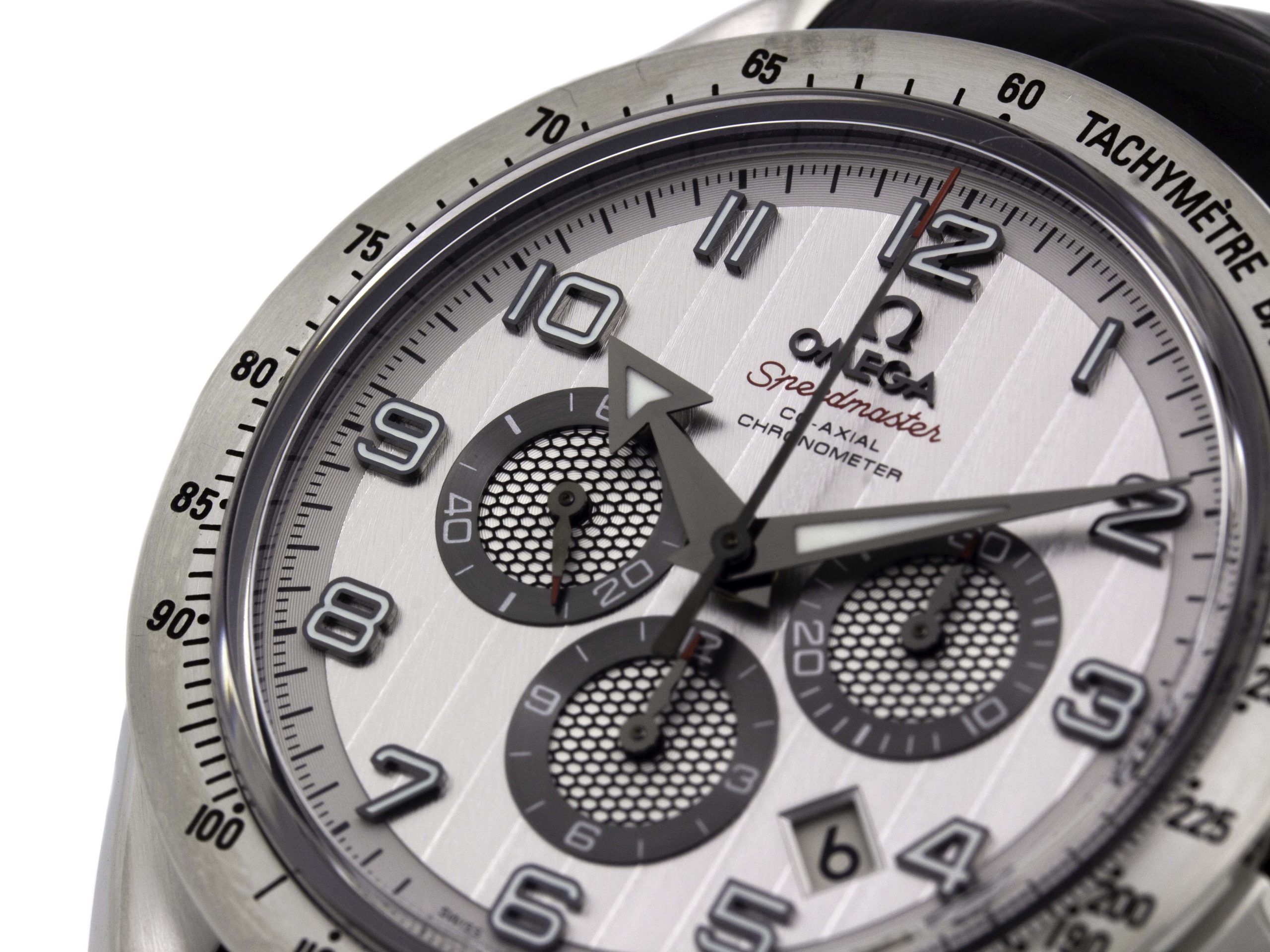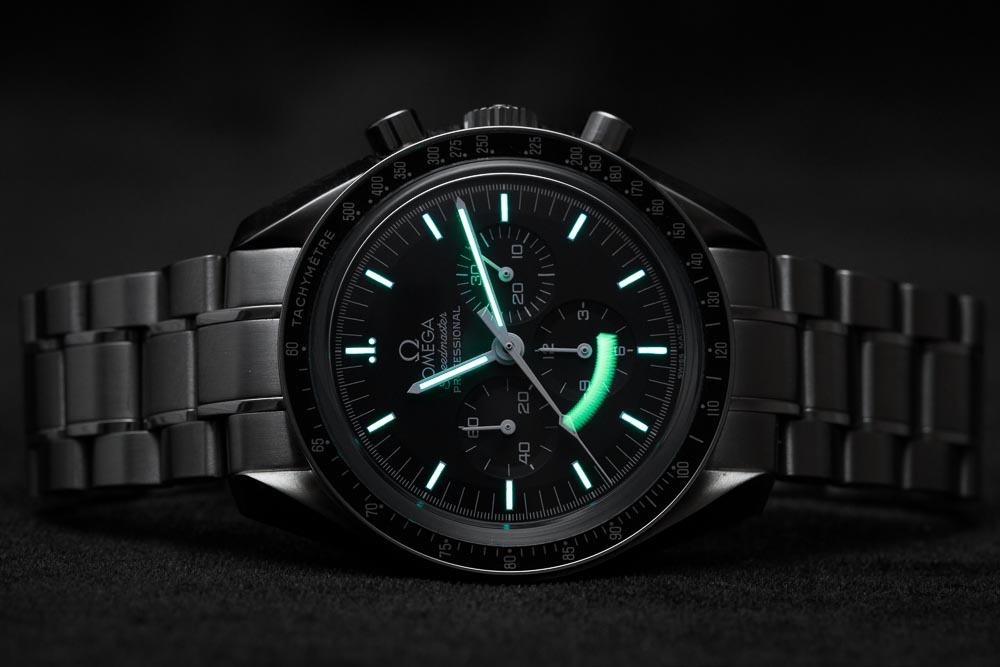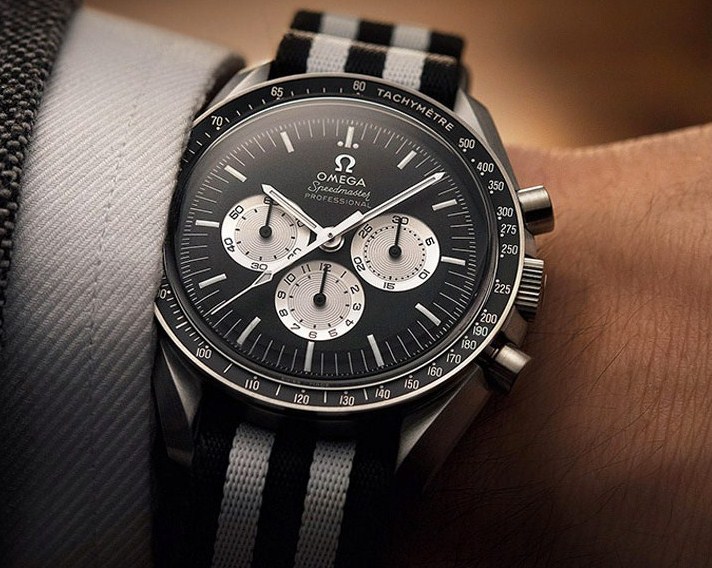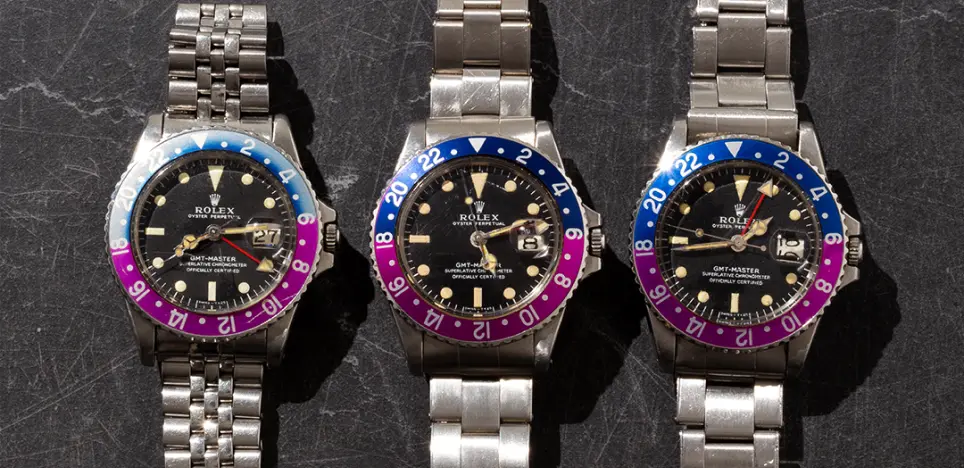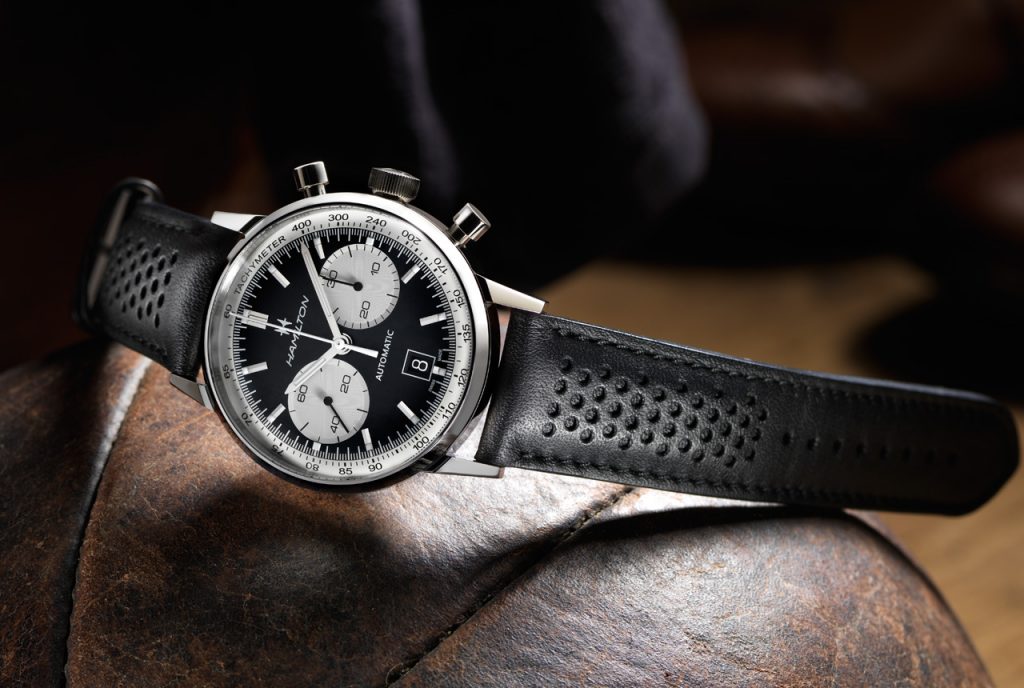8 Ways on How to Check Omega Watch Authenticity
April 19, 2018They say imitation is the sincerest form of flattery—and just like with flattery, you can always tell when you’re being fooled, as long as you look close enough.
Any fake will attempt to capitalize on the model’s sophistication and unique identity of the Omega design. However, even a good copy can’t finesse the taste, meticulousness, and details that distinguish an original Speedmaster from a fake one.
The devil is in the details. Spotting a fake can be a simple task for the trained eye. Below are the details that trained experts look for when spotting the differences between exquisite craftsmanship and a cheaply manufactured reproduction.
The key to knowing when you’re looking at a fake vs. the real thing lies not in weight, material, or color. Instead, you’ll want to look at the most reputable details that are sure to come off as fake immediately, once you know how they would compare to the real thing.
Look at every facet of the model’s orientation and function, not just the immediate appearance. It’s usually the minute details that distinguish a counterfeit because the scammer does not expect the average buyer to recognize, or even question, them. Investigate the following details.
Omega Serial number
Omega watches come with a 7- or 8-digit serial number imprinted on the back of the watch.
First, check to make sure one is engraved on the back of your watch and cross-reference the number online to make sure this model and serial number exist.
If the serial number is anything other than engraved on the back, it is a fake.
Dial
A fake is typically most apparent in the many details on the dial. Are there any spelling errors, incorrect spacing or markings, or intricate detailing that appear in any way amateur? If so, the dial is most likely fake.
Look carefully at the letters, numerals, or minute markings. Are there too many markings? Are there any letters spaced too far apart or detailing that appear bold or painted rather than engraved? These are signs of inauthenticity, too. Omega is famous for its precision in every aspect of its design.
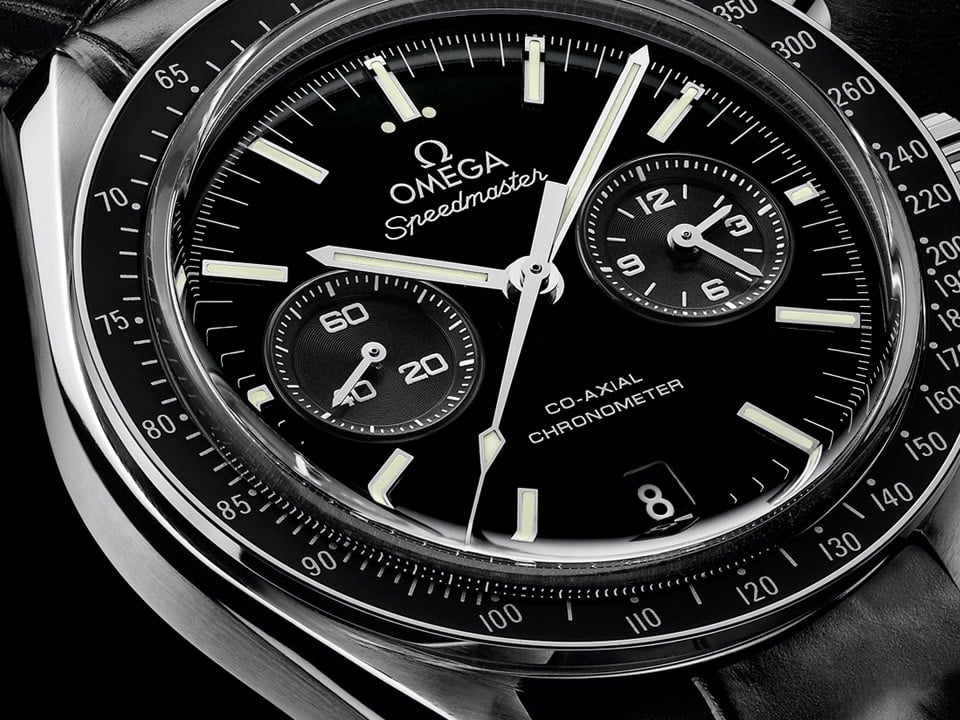
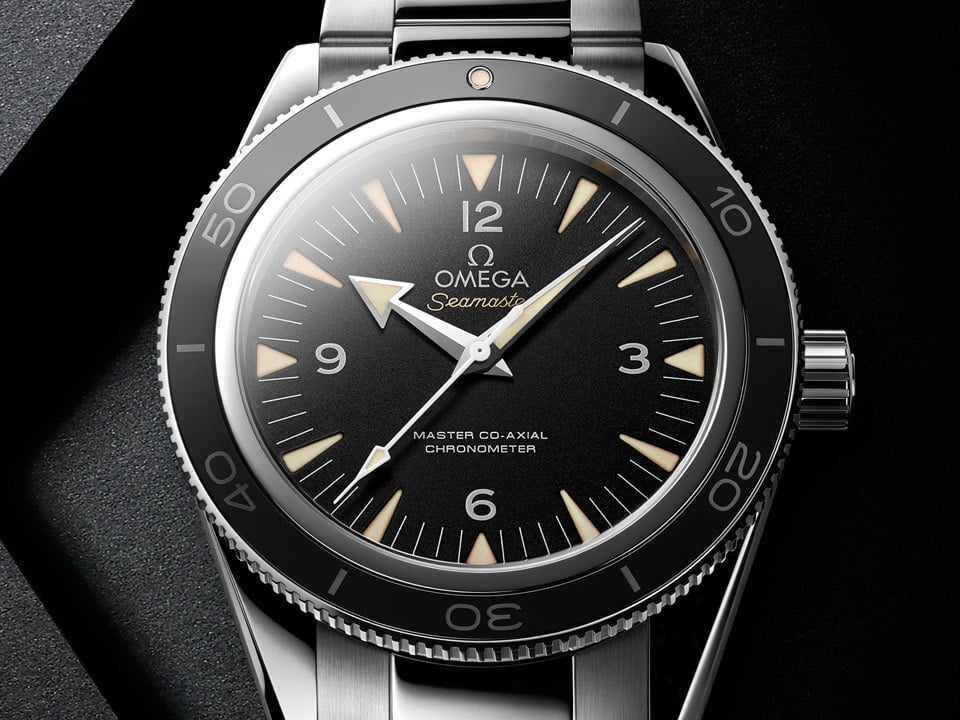
Omega Logo
The Omega logo is a very recognizable design. However, it can be an element of the watch that may go unnoticed if not attended to with a careful eye.
The Omega logo can appear too thick or bold on counterfeit watches. A slightly off sizing happens to be the case most of the time because counterfeit artists usually simply paint on the logo rather than engrave, embed, or stamp it.
Hands
The Omega brand comes from a long heritage of sophisticated Swiss craftsmanship. The most significant indicator of this lies in the steady, precise movement of the second hand.
There are no ticking sounds produced from the second hand of an authentic Swiss-made watch. Additionally, the second hand should stop completely for superior accuracy when adjusting the time.
When pulling the crown to adjust the time, the second hand should stop and not tick ever. If the timepiece contradicts any of these authentic indicators, it is undoubtedly a fake.
